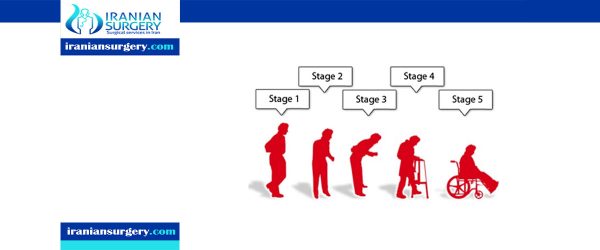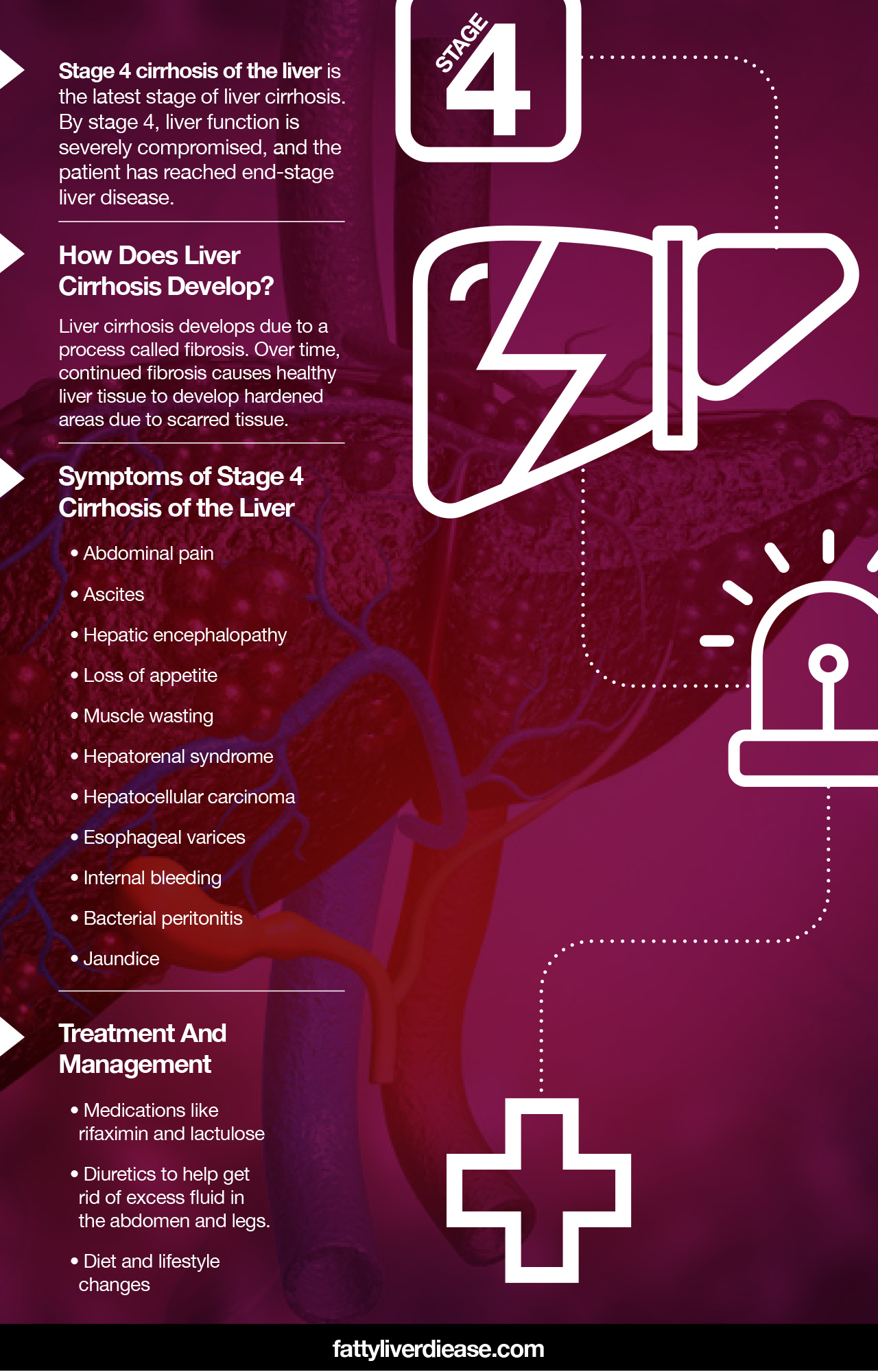

Ĭerebrospinal fluid oligoclonal bands, the diagnostic mainstay in multiple sclerosis (MS), are rare in MOG-EM, both in adults and in children. Serum is the specimen of choice cerebrospinal fluid (CSF) analysis is less sensitive compared to serum testing. CBA using live cells transfected with full-length human MOG and employing Fc-specific detection antibodies are the gold standard for anti-MOG antibody testing. MOG-IgG is detected by means of so-called cell-based assays (CBA).
Finally, in MOGAD, infiltrating lymphocytes are mainly CD4+ T-cells with low numbers of CD8+ T-cells and B-cells the dominant lymphocytes in active MS lesions are tissue resident CD8+ effector memory T-cells and B-cells / plasma cells. While in MS the dominant inflammatory reaction is seen around the larger drainage veins in the periventricular tissue and the meninges, in MOGAD the smaller veins and venules are mainly affected. Demyelination in MOGAD is associated with complement deposition at the site of active myelin injury, but the degree of complement activation is much less compared to that seen in patients with aquaporin 4 antibody associated neuromyelitis optica (NMO). MOGAD demyelination occurs by confluence of small perivenous lesions, generally resulting in a demyelination pattern similar to that seen in acute disseminated encephalomyelitis. Several studies performed during 2020 have shown that MOGAD lesions differ from those seen in MS in many aspects, including their topographical distribution in the CNS, the type of demyelination, and the nature of the inflammatory response. They are similar to pattern-II multiple sclerosis with T-cells and macrophages surrounding blood vessels, preservation of oligodendrocytes and signs of complement system activation. Histopathology ĭemyelinating lesions of MOG-associated encephalomyelitis resemble more those observed in multiple sclerosis than NMO. Other reports point to molecular mimicry between MOG and some viruses as a possible etiology. The reason why anti-MOG auto-antibodies appear remains unknown.Ī post-infectious autoimmune process has been proposed as a possible pathophysiologic mechanism. Rare cases of anti-MOG antibodies in association with tumefactive multiple sclerosis have been described. The presence of anti-MOG antibodies is more common in children with ADEM. However, the coexistence of both antibodies is still a matter of ongoing debate. These patients typically have MS-like brain lesions, multifocal spine lesions and optic nerve atrophy. Rare cases have been described of patients with antibodies against both AQP4 and MOG. However, most NMOSD is an astrocytopathy, specifically an AQP4 antibody-associated disease, whereas MOG antibody-associated disease is an oligodendrocytopathy, suggesting that these are two separate pathologic entities. Seronegative neuromyelitis optica Īnti-MOG antibodies have been described in some patients with NMOSD who were negative for the aquaporin 4 (AQP-4) antibody. 
Some of these phenotypes have been studied in detail: The most common presenting phenotypes are acute disseminated encephalomyelitis (ADEM) in children and optic neuritis (ON) in adults.

Aseptic meningitis and meningoencephalitis (typically post-infectious).
 Optic neuritis (including cases of CRION ( chronic relapsing inflammatory optic neuropathy ). Acute disseminated encephalomyelitis, especially in recurrent and fulminant cases. The presence of anti-MOG autoantibodies has been described in association with the following conditions: The clinical presentation is variable and largely dependent upon the overall clinical manifestation.
Optic neuritis (including cases of CRION ( chronic relapsing inflammatory optic neuropathy ). Acute disseminated encephalomyelitis, especially in recurrent and fulminant cases. The presence of anti-MOG autoantibodies has been described in association with the following conditions: The clinical presentation is variable and largely dependent upon the overall clinical manifestation.








 0 kommentar(er)
0 kommentar(er)
